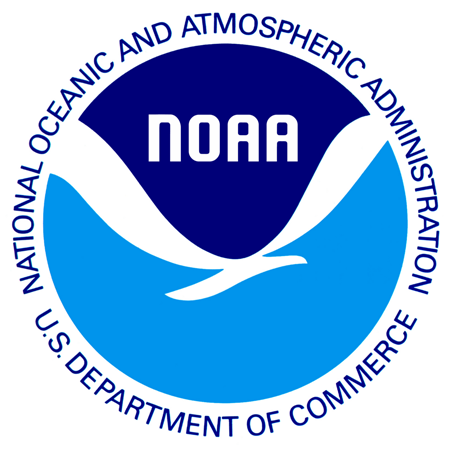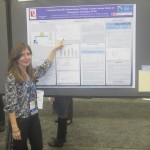 Rob McLaren is currently participating in the NOAA led Uintah Basin Winter Ozone Study (UBWOS), Jan 15 - Mar 01, 2012. This field study is taking place in the Uintah Basin, just south of Vernal, Utah; an area that is currently seeing rapid energy development, mostly due to natural gas extraction using hydraulic fracturing (a.k.a. - fracking). The purpose of the study is to study the causes of high wintertime ozone observed in the Uintah Basin, that are sometimes as high as those experienced in LA...but in the cold winter with snow cover. Specifically, the study will examine these science questions:
Rob McLaren is currently participating in the NOAA led Uintah Basin Winter Ozone Study (UBWOS), Jan 15 - Mar 01, 2012. This field study is taking place in the Uintah Basin, just south of Vernal, Utah; an area that is currently seeing rapid energy development, mostly due to natural gas extraction using hydraulic fracturing (a.k.a. - fracking). The purpose of the study is to study the causes of high wintertime ozone observed in the Uintah Basin, that are sometimes as high as those experienced in LA...but in the cold winter with snow cover. Specifically, the study will examine these science questions:
- Sources of VOCs, NOx, particles
- Ozone formation chemistry in areas of enhanced UV radiation from snow cover
- Unique radical sources: HONO, CH2O, ClNO2
- The role of transport
Mar 5, 2012
 Marina Saccon, Graduate student in Jochen Rudolph's group attended the AGU Fall Meeting, San Francisco, Dec. 3-7, 2012. She presented two posters. One on behalf of colleague and recently graduated Dr. Anna Kornilova and the other presenting her own work. Both posters are attached here.
Marina Saccon, Graduate student in Jochen Rudolph's group attended the AGU Fall Meeting, San Francisco, Dec. 3-7, 2012. She presented two posters. One on behalf of colleague and recently graduated Dr. Anna Kornilova and the other presenting her own work. Both posters are attached here. 
 Rob McLaren is currently participating in the NOAA led Uintah Basin Winter Ozone Study (UBWOS), Jan 15 - Mar 01, 2012. This field study is taking place in the Uintah Basin, just south of Vernal, Utah; an area that is currently seeing rapid energy development, mostly due to natural gas extraction using hydraulic fracturing (a.k.a. - fracking). The purpose of the study is to study the causes of high wintertime ozone observed in the Uintah Basin, that are sometimes as high as those experienced in LA...but in the cold winter with snow cover. Specifically, the study will examine these science questions:
Rob McLaren is currently participating in the NOAA led Uintah Basin Winter Ozone Study (UBWOS), Jan 15 - Mar 01, 2012. This field study is taking place in the Uintah Basin, just south of Vernal, Utah; an area that is currently seeing rapid energy development, mostly due to natural gas extraction using hydraulic fracturing (a.k.a. - fracking). The purpose of the study is to study the causes of high wintertime ozone observed in the Uintah Basin, that are sometimes as high as those experienced in LA...but in the cold winter with snow cover. Specifically, the study will examine these science questions: